On another note, I have switched to feeding them Gromphadorhina portensa (Madagascar Hissing Cockroach). I was using crickets until my roach colony was strong enough to handle regular feeding. I recently bumped my colony with 5 males, 15 females, and about 60-70 nymphs of various sizes. I already had 4 males, 7 females, and i don't know how many nymphs. The colony can now support predation without adverse effects on the population. Hissers take six months to reach maturity, gestation is about two months, they birth 20-60 nymphs at a time, and they live up to five years maximum (three years average). If you do the math, 20 gravid females can produce 400-1200 nymphs every two months. In six months those females will have produced 1200-3600 nymphs, and the first batch of nymphs (400-1200) will be mature and breeding; each producing 20-60 nymphs. They are easy to keep and breed. The one bonus I like best, the roaches do not smell bad; crickets are just down right stinky.
But I digress, here are the photos of the Fab Four
Eclipse(001) 3May2010
Phantom(002) 3May2010
Shadow(003) 3May2010
Midnight(004) 3May2010




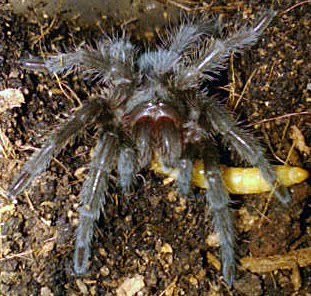
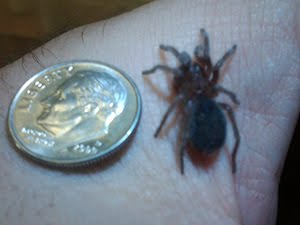
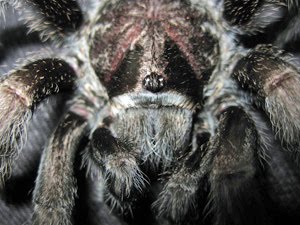
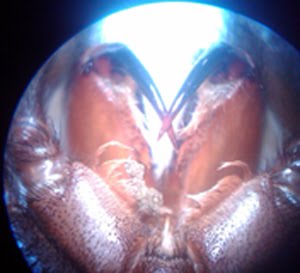

No comments:
Post a Comment
Let me know what you think of the work, make suggestions to improve the blog, or help build the profile for the species. Please keep comments clean and professional. Thank you for visiting.